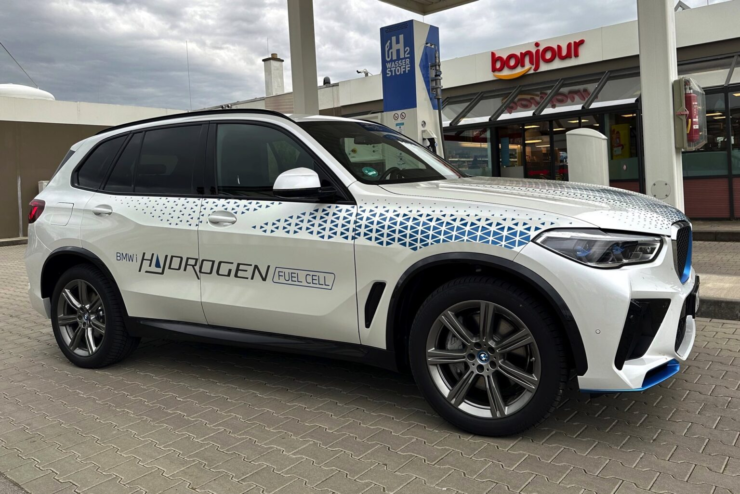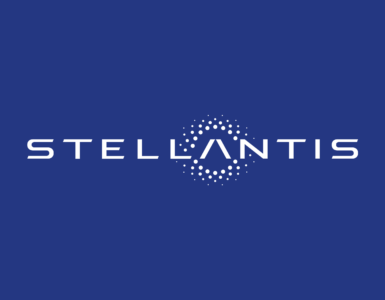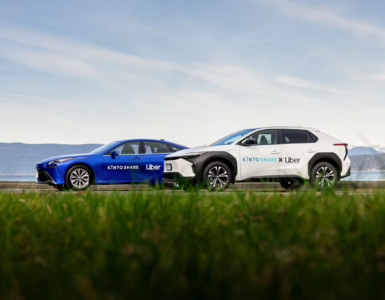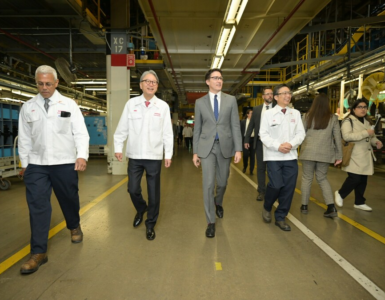BMW iX5 practical test, Hydrogen as tomorrow’s problem solver? – Bimmer Today.
A hydrogen fuel cell works under the hood of the BMW iX5, and the only exhaust gas is water vapor. We were allowed to test the FCEV for a week.
Hydrogen is considered the energy source of the future and some people have enormous hopes for it. Others believe that H2 is massively overrated and will have little to do with solving our energy problems of tomorrow. The operation of vehicles with hydrogen fuel cells is just one of many aspects in this topic, but it is still one of the most discussed. No wonder: While hardly anyone has an industrial plant in their garden, the car is the German’s favorite child. A small series of the BMW iX5 has been available for a few months now, with which the Munich-based company wants to gain practical experience with the hydrogen fuel cell in everyday use.
If you ignore the eye-catching foiling, the BMW iX5 appears to be decidedly ordinary despite its extraordinary technology: purely externally, at least for inexperienced observers, it is a completely normal X5 (G05) and driving off is also surprisingly unspectacular. Just like with other electric cars, after pressing the (in this case blue) start button, we only hear a few sounds from Hans Zimmer’s studio , while the drive itself remains completely silent. Nothing changes after you drive off: apart from subtle rolling and wind noises, only the Iconic Sounds Electric and the radio provide an acoustic background to the journey.
🔥 What about we co-host a webinar? Let's educate, captivate, and convert the hydrogen economy!
Hydrogen Central is the global go-to online magazine for the hydrogen economy, we can help you host impactful webinars that become a global reference on your topic and are an evergreen source of leads. Click here to request more details
But even if the drivetrain does its job quite unspectacularly, it definitely deserves a closer look. The fuel cell is located in the front engine compartment of the iX5, behind which there are two large hydrogen pressure accumulators in the area of the cardan tunnel and under the rear seat. Below the trunk floor are the power electronics, the electric motor and a small lithium-ion battery that serves as temporary storage for heavy load requirements.
Together, the fuel cell and the electric motor can mobilize 401 hp and accelerate the BMW iX5 from 0 to 100 kilometers in under 6 seconds. The fact that it doesn’t go any faster is due to the weight of the technology package: the complex drive of the FCEV (Fuel Cell Electric Vehicle) drives the weight to over 2.5 tons, so that the iX5 is on a very similar level to the battery-electric iX (BEV ) emotional. A look under the sheet metal shows the complex structure in detail:
You can feel a significant difference to the iX if you want to drive the BMW iX5 in a sportier way: with a comparable overall weight, the hydrogen X5 reaches its limits much earlier in fast, tight corners. The main reason for this is the higher center of gravity, because unlike the iX, its heavy components are not consistently located as low as possible in the vehicle’s underbody, but are sometimes mounted relatively high.
Of course, when driving more comfortably and on a straight route, the center of gravity doesn’t play a role. Our speedometer video shows that the BMW iX5 is not lacking in power overall up to over 200 km/h:
If you look at the lower left corner of the display, you will also get a feeling for the consumption: with a tank volume of just over 50 percent, a remaining range of just over 200 kilometers is displayed. The reason for this was the economical driving style over the previous kilometers, because when driving hard, the fuel cell likes to allow itself a few hundred grams more of the precious hydrogen: Overall, we had a consumption of 1.7 kilograms per 100 kilometers, but it can do so on the motorway can also easily be over two kilograms.
With a tank capacity of 6 kilograms, there is a practical range of 350 to 400 kilometers, which quickly gives rise to the desire for a larger tank – especially because hydrogen filling stations are still few and far between today. After all, our test shows that around 100 kilometers of range can be refueled within a minute (more on this in the video). With a price of around 15 euros per kilogram, it is clear that the fuel costs of a BMW iX5 are significantly higher than those of a comparable vehicle with a petrol, diesel or electric drive.
Just like with other questions, the current status quo is only partially relevant: Nobody seriously questions the fact that a hydrogen car only makes limited sense in 2024. But it will be exciting to see how the situation develops in the coming years: If hydrogen becomes the standard energy source in order to be able to temporarily store the ever-increasing amount of wind and solar energy, both the costs and the density of the filling stations are likely to increase network develop in the right direction.
Until the market launch of the first series BMW with a hydrogen fuel cell, which is scheduled to take place before 2030, some of the answers to today’s infrastructure questions could change. And it is also clear: the usual view of Germany in this country only shows a section of global development, because the Asian pioneers in Japan, South Korea and of course China also play a decisive role when it comes to hydrogen.
If photovoltaic and wind turbines are soon to be used across the board to produce green hydrogen when the energy they generate is not needed, the poorer efficiency compared to battery-powered electric cars will also play a minor role. The hydrogen converted in the fuel cell would, in a sense, be generated from energy that would remain completely unused without hydrogen as an intermediate storage device.
Hydrogen cars could become a building block for locally emission-free mobility of the future, because they run on green hydrogen without any fossil fuels and emit water vapor as the only exhaust gas. However, it is also clear that for the concept of clean hydrogen mobility to work, a lot still has to change. If we look at the situation in 2024, green hydrogen is neither available in the required quantities nor at an attractive price.
Every answer to a question about the meaning of the BMW iX5 is therefore closely linked to the timing: in 2024 the framework conditions have not yet been created to be able to answer the question of meaning with a yes. But things could look completely different in a few years – and that’s exactly when BMW wants to be ready and be able to offer customers an exciting alternative to electric cars with a fuel cell car.
The main advantage of an FCEV over a BEV will continue to be the charging speed in the future: If your own driving profile matches the range and charging time of a BEV, there is hardly anything to be said for an FCEV due to the more complex drive train and the poorer overall efficiency. But in order to offer real advantages as a long-distance car, a future series iX5 would also benefit from 1-2 kilograms more tank capacity and thus around 100 kilometers more practical range. There is no question that a denser filling station network and a lower hydrogen price would be desirable.
Today’s BMW iX5 is primarily a test vehicle with the help of which tomorrow’s technology can be developed to series production today. In this respect, it is already convincing across the board: the hydrogen X5 can be used easily and reliably even in the current prototype stage, offers a similar amount of space as any other X5 – and also shows where the journey of emission-free individual mobility is headed could happen in the next few years.
READ the latest news shaping the hydrogen market at Hydrogen Central
BMW iX5 practical test, Hydrogen as tomorrow’s problem solver? – Bimmer Today. source








